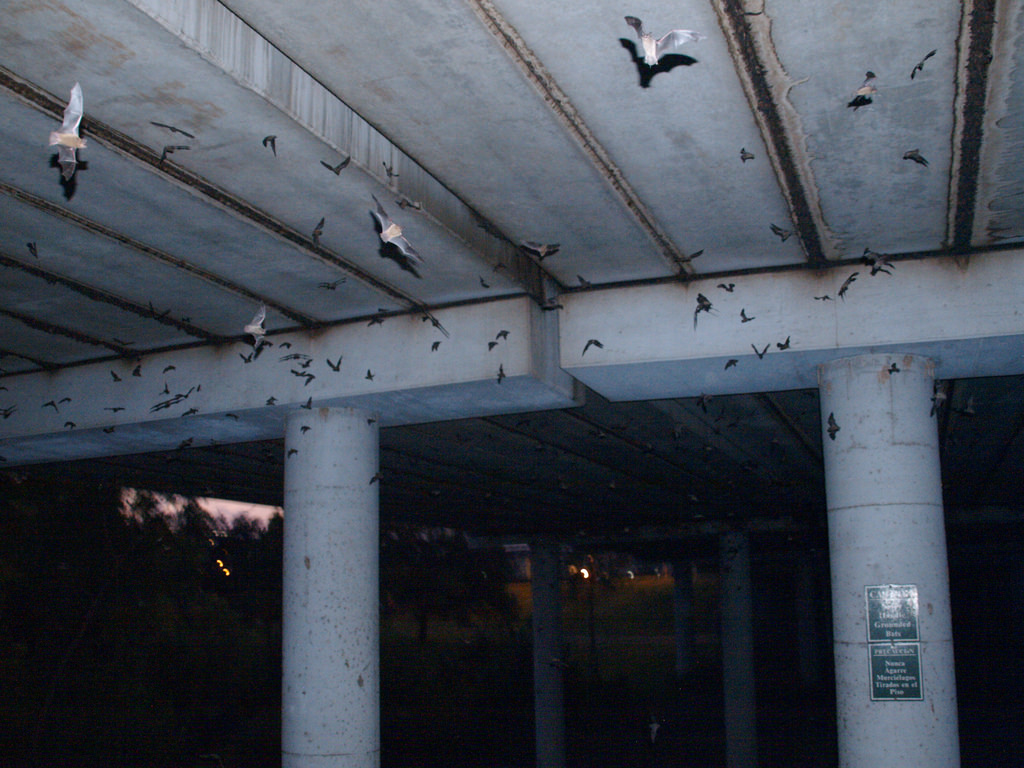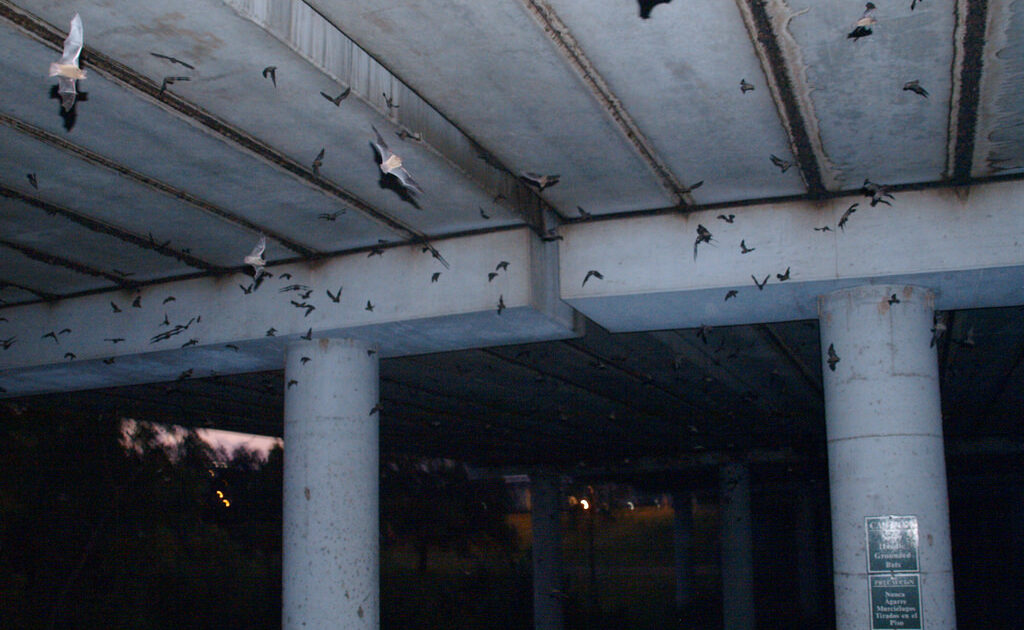If you’ve ever taken a moment to watch bats fly, you can appreciate how easily they glide through the air at night. How fast can they fly? Find out today and see where you should turn for humane bat removal in Oshawa.
How Fast Can Bats Fly?
The flight speed and typical flight height of bats vary. On average, western bats fly about 15 miles per hour. Some fly as slow as 4.5 miles per hour.
These averages take a large number of species into account, so they’re approximate speeds. Cave bats, for instance, have an average flight speed of around 10 miles per hour.
Bats can fly fast enough to catch insects, but aren’t the fastest animal in the air. Many birds fly much faster. Swallows, for example, fly about 24 miles per hour.
These airborne mammals may not be as fast as some birds, but they still fly impressively high. Some bats are known to fly up to 9,000 feet to look for insects. Some follow a migratory route that spans hundreds of miles.
Why Do Bats Need To Fly So Fast?
Bats need to hunt and forage, which requires fast, agile flight patterns. The majority of bats are insectivores, and moths, mosquitoes, beetles and other nighttime snacks take some skill to catch and eat.
Other bats prefer a fruit-based diet, including bananas, dates, figs, mangoes and other fruits. Vampire bats feed on the blood of other animals, but even these bats need to be fast and agile enough to find their prey and avoid predators.
Migration is another common reason bats need to fly quickly. When you have hundreds of miles to go before you reach a warmer climate, it pays to get flapping. Migratory bats can travel hundreds of miles, but scientists still haven’t tracked every migratory route.
How Do Bats Fly?
There’s a reason most mammals can’t fly. Mammal bones aren’t hollow like bird bones, so most are too heavy to allow the animal to fly. Bats compensate for this by having relatively small bones and some amazing wings.
Bat wings have a forearm and finger-like bones that are covered by a two-ply membrane of incredible skin. This skin uses a unique skin cell type called Merkel cells. These cells work in two unique ways to prepare bats for their nighttime flights.
Merkel cells are packed with nerve endings to help bats sense the air around them as their soar. All that information helps make bats more adaptable as they search for prey or their home.
Merkel cells also heal more quickly than other types of skin cells. Abrasions, cuts and even punctures are common for bats flying around fruit trees, cactuses and other obstacles. Without fast-healing skin, a bat may starve before it recovers enough to take flight again after a particularly bad scrape.
What Are the Signs of Bats in Your Home?
Both migratory and hibernating bats need a cozy place to stay for the day. Unfortunately, attics are a common solution in urban and suburban areas. You may not notice a bat or two immediately, but over time your home can be damaged from droppings, scrapes and other issues. Here are some common signs that there may be a bat in your home:
- Droppings in your attic
- Damaged insulation
- Urine stains
- Strong ammonia odours
- Scratch marks
- Squeaking noises
How Can You Remove Bats From Your Home?
Bats are truly impressive members of our planet, but they aren’t good house guests. Contact us at Skedaddle Humane Wildlife Control in Oshawa if you see any signs of a bat in your attic or other areas of your home. Humanely remove these fascinating flyers and enjoy their flying antics from a safe distance.




